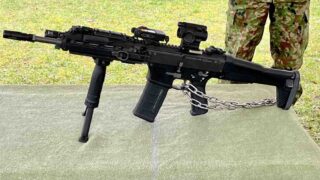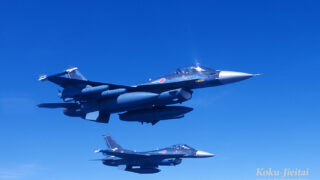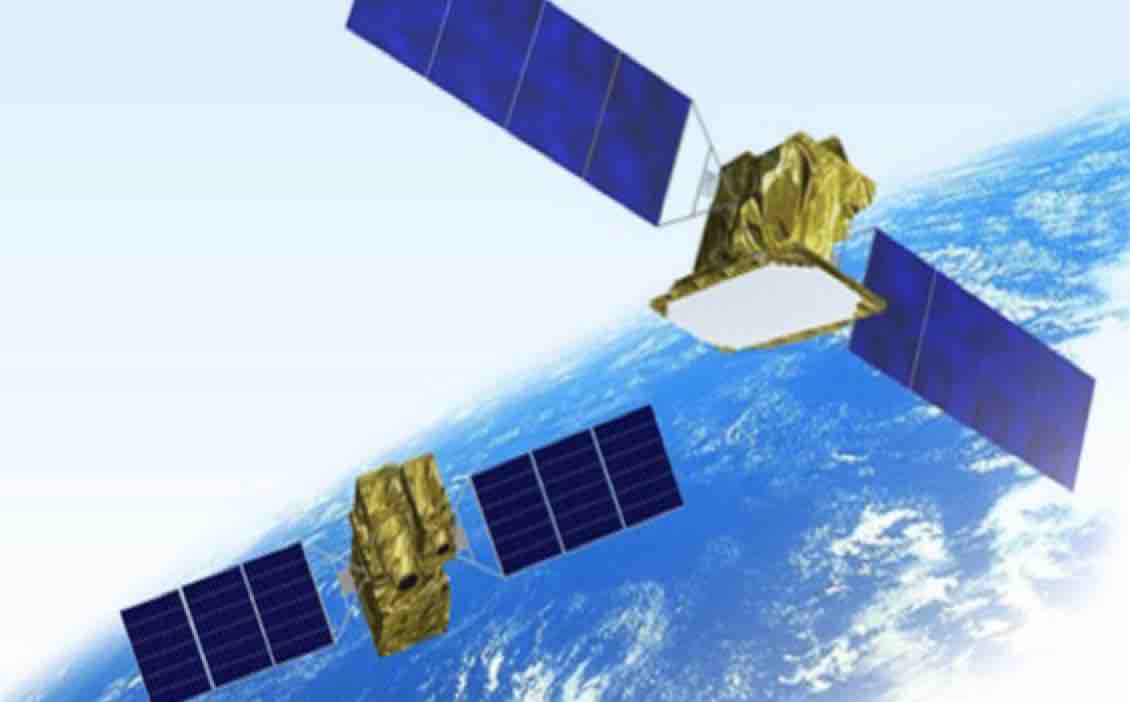Operating Since 2003
Before initiating any military operation, one must gather intelligence the enemy through reconnaissance, of which its accuracy often become the decisive factor for victory.
If we explore what’s behind the US military’s unmatchable might, superior intelligence-gathering can be attributed to their capability along with the sophisticated technology and logistics.
While aerial recon using planes and drones are crucial, the greatest advantage lies within orbital space – coming from spy satellites.
From this high-ground, satellites can capture not only enemy activities, but even the smallest details, leading to the exposure of specs and capabilities.
Compared to the US, whom were quick to adopt such advantageous method, Japan’s utilization of space was rather sluggish, at least in a military sense.
Japan’s accelerated its space development in the 1970s, but it was only in 1994 when they succeeded in launching their first purely domestic rocket.
However, these space ventures were primarily focused on technological development and commercial use, with little emphasis on military use.
Such attitude changed in the late 1990s when North Korea launched their ballistic missiles over Japan, thereby prompting the need for preemptive warning via satellites.
Thus, Japan launched its first reconnaissance satellite in 2003, under the guise of an “information-gathering satellite.”
This was followed by 18 more satellites, though most were replacements as the satellites only last around five to six years, necessitating frequent updates with new er models.
As of 2024, Japan has been launching a spy satellites almost annually, with a total of nine satellites in operation, costing around 80 billion yen (600 million USD) each year.
Despite many assuming the Defense Ministry being responsible for their operations, the actual management falls under the Cabinet Satellite Intelligence Center, which is part of the Cabinet Secretariat.
That being said, the Intelligence Center is located right behind the Defense Ministry, and the director has always been a retired general from the Self-Defense Forces.
Additionally, the Operation Committee includes participants from the Defense Ministry, National Police Agency, Public Security Intelligence Agency, and Ministry of Foreign Affairs, making it a military-oriented, but cross section effort.
Enough For Military Use?
So, how exactly good are these “information-gathering satellites?”
First, the satellites can be categorized into two types – optical satellites and SAR satellites.
The former is basically equipped with high-performance cameras, taking detailed photographs from orbit. Although being a conventional method, it is still effective as camera technology has evolved over time, but they are susceptible to inclement weather and less suitable for nighttime recon.
On the other hand, SAR satellites are more useful in such conditions, since they are installed with a radar that illuminates radio signals onto the ground, thus scanning the terrain through reflected waves.
The downside is that SAR satellites tend to be more expensive due to their advanced equipment, which is why most nations use both types in order to combine their strengths and supplement their weaknesses.
Japan is no exception, with two optical and two SAR satellites placed by 2013, allowing daily coverage of any location on Earth from hundreds of kilometers above.
Now, if we take a look at their actual specs, the Japanese optical satellite is said to have a resolution of 30 to 50cm (12- 20 inches).
Just like a microscope used in science class, these resolutions are what determines the accuracy of an optical satellite, and the Japanese ones are not that far behind from their US counterparts.
Of course, collecting information is one this, whereas being able to analyze and produce intelligence is another. In terms of pure intelligence, Japan falls short of the US, albeit recent development has shown significant progress.
While the optical satellites are purportedly capable enough for military use, the nature of SAR satellites remain unknown, as they are considered one of the most top secrets.
Nonetheless, if we take Japan’s technological prowess into account, it is safe to assume that they posses at least the same level of performance as optical satellites or perhaps more.
In comparison to two decades ago, Japan’s intelligence capacity has undoubtedly experienced a great leap, fostering the ability to gather military-level information on its own.
But, as long as Japan maintains its alliance with the US, it can always rely on their advanced satellite system to a certain degree, highlighting the benefits of being part of the broad Western alliance network.
Aiming For 10 Satellites
While the initial goal of four spy satellites was completed in 2013, it only brought about the ability to capture images once per day.
This was seemingly enough for detecting large military movements, but the development of more mobile missiles as well as recurring natural disasters, called for more frequent updates.
As as result, the current system has been expanded to six satellites – four optical and two SAR satellites.
This allows Japan to capture images at least four times a day, though the government plans to expand this to eight times by reinforcing the network to ten satellites.
However, it should be noted that the ten-satellite system includes not only reconnaissance satellites, but also data-relay satellites that transmit the observation data to ground stations.




















Comments